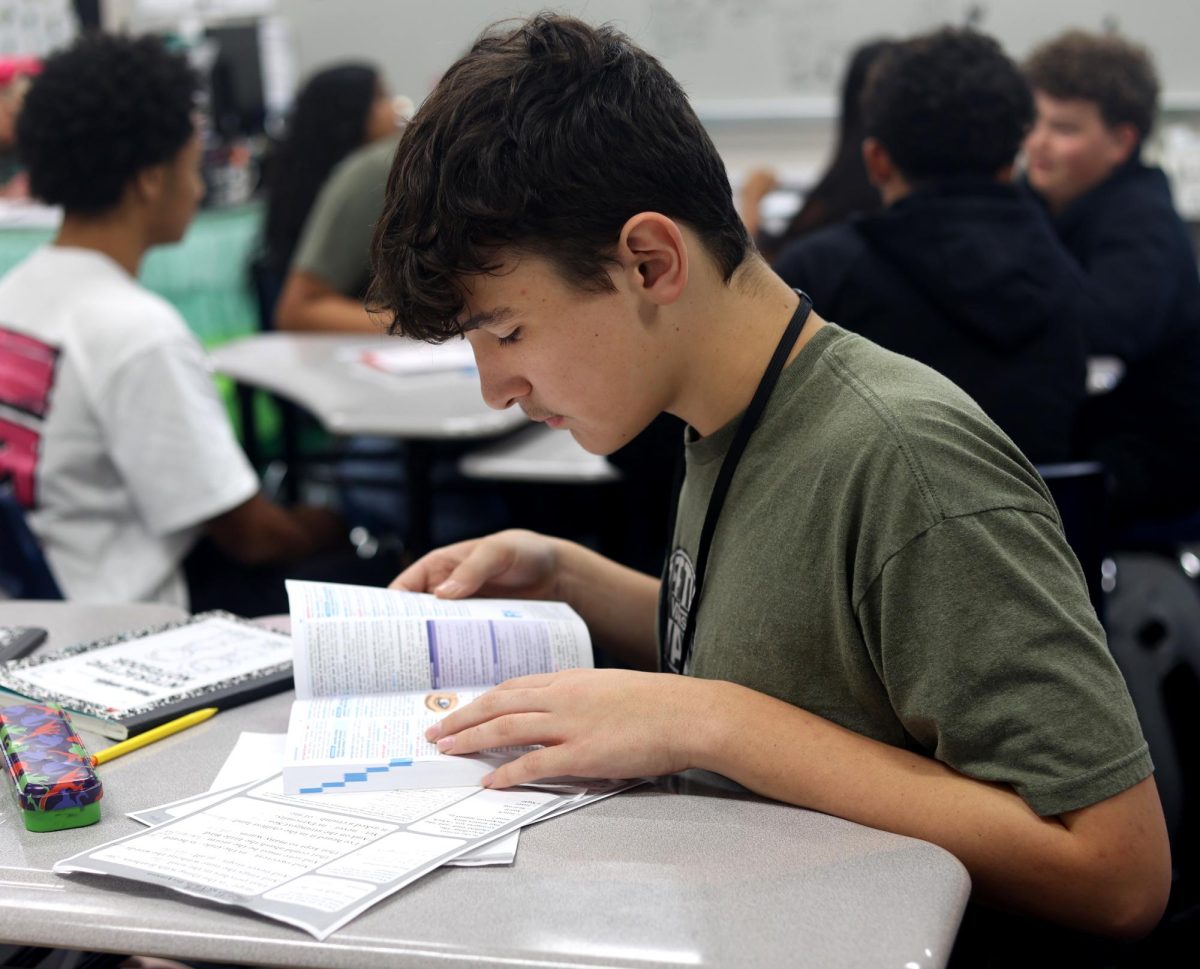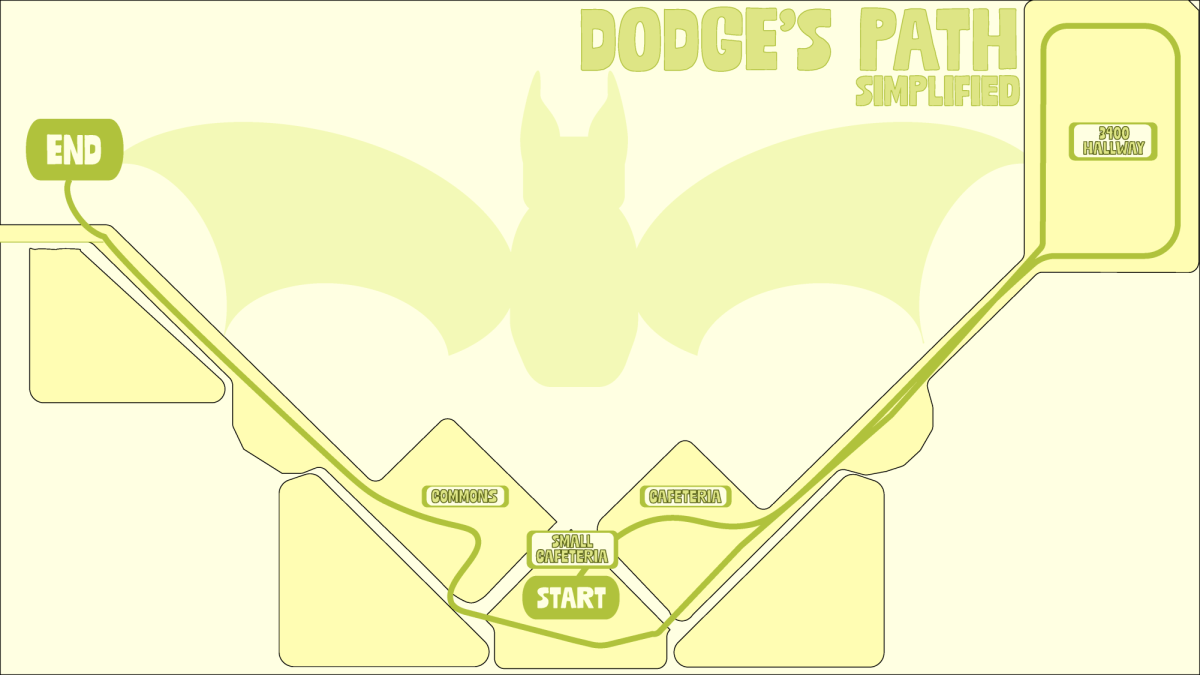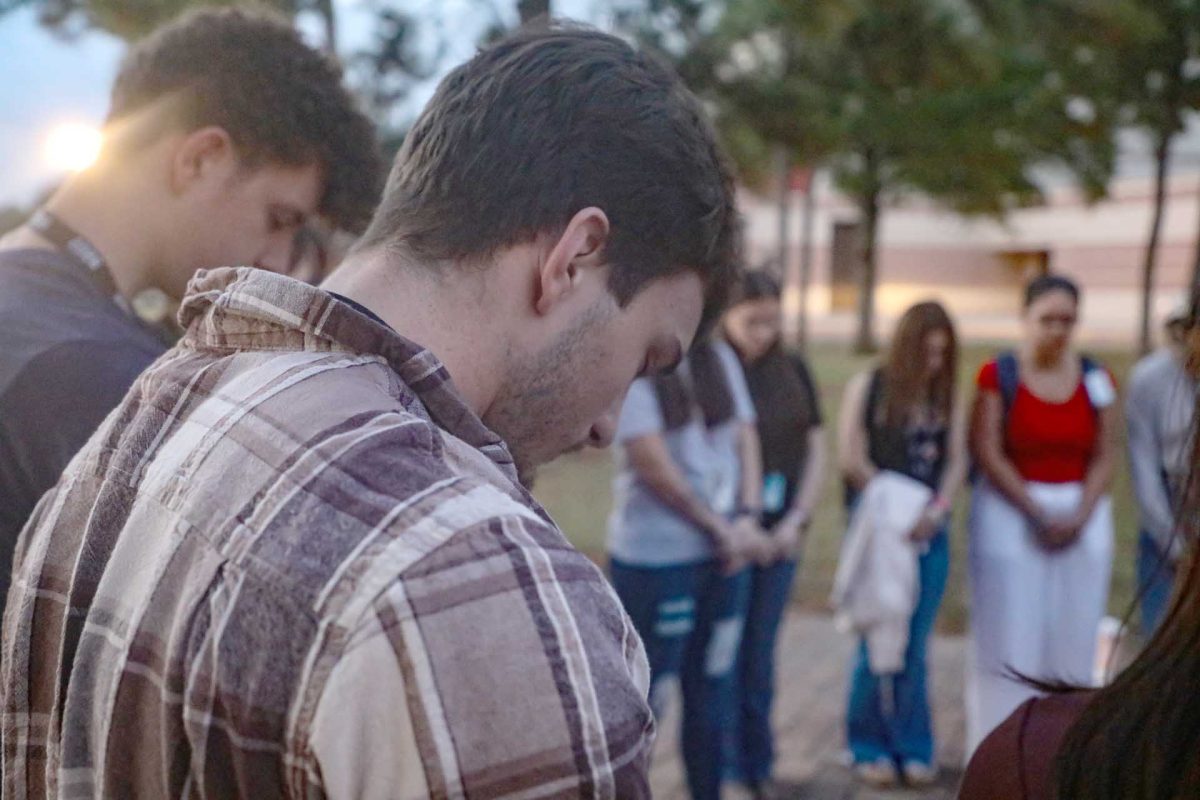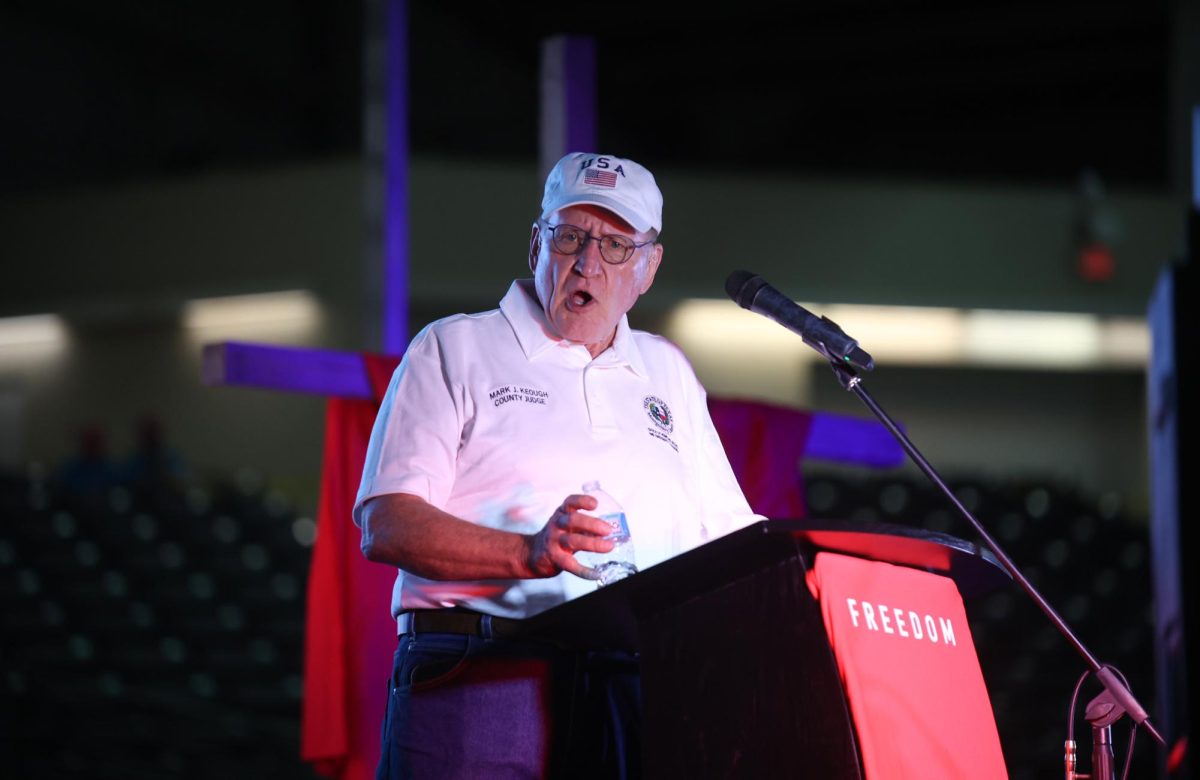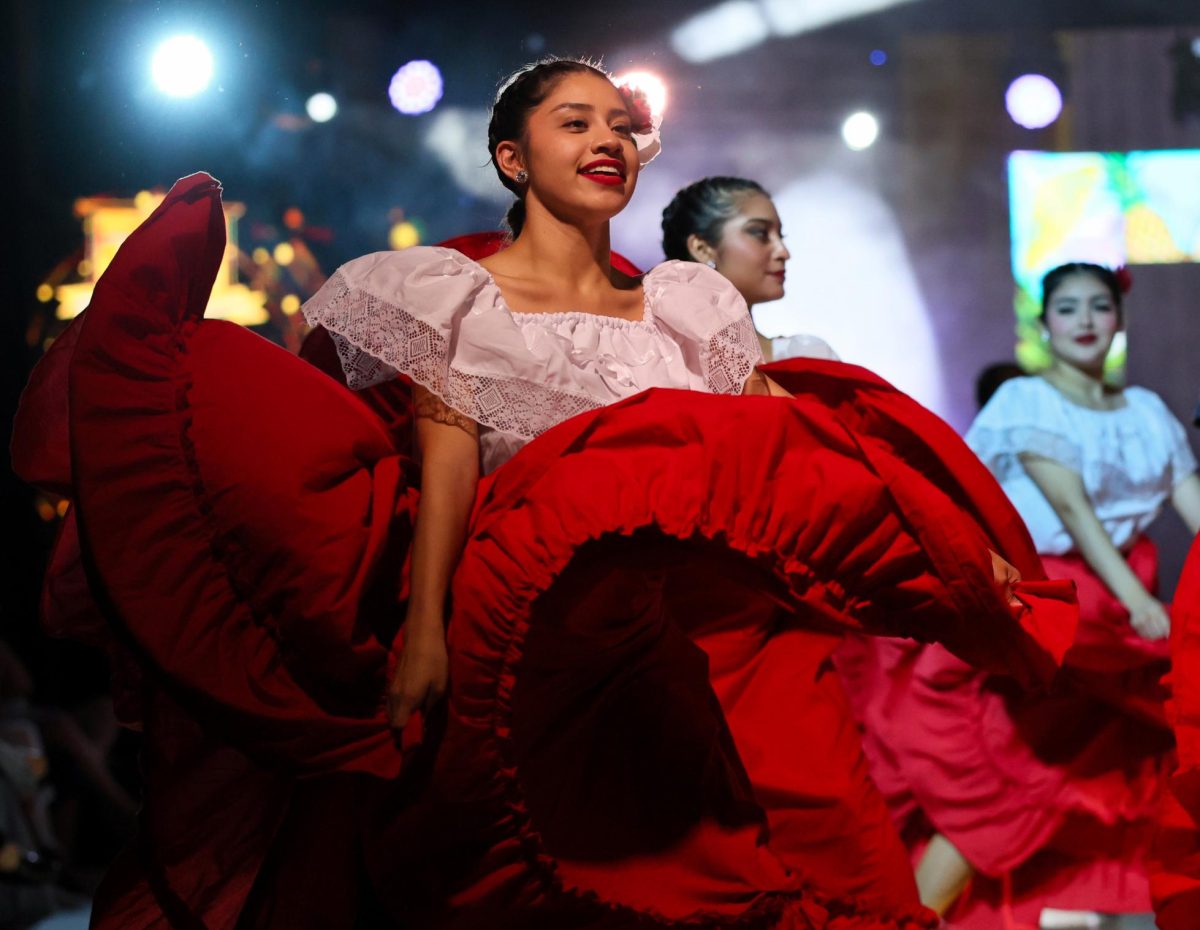Caney Creek High School journalism adviser Stephen Green was 14 when he first sat in his high school journalism 1 class at Little-Cypress Mauriceville High School. That’s when he got his first assignment.

On his paper by the end was a jumbled, unstructured, mess of random facts strung together with bullet points; it could hardly be called an editorial. Through the seams of that choppy list, was a spark of passion. He had only taken journalism because his friends were. But Green found a connection through voicing his opinion in writing. It was “a lightbulb moment” for him.
Fast-forward 18 years and Green won the title of 2024 Region 6 Secondary Teacher of the Year after winning the same title at the campus and district level. Green remained as one of only 20 left in the state as a possible Texas Teacher of the Year.
A fun twist of fate: His high school journalism adviser for his junior and senior year, Lindsey Fruge, earned the Region 5 Teacher of the Year title in the same year.
Although, he wasn’t selected as one of the three finalists, Green made history as the first Conroe ISD teacher to earn the regional title. Despite that, he has imposter syndrome – crediting his journalism background rather than his skills as a teacher.
“I consider myself not just a teacher, but a journalist who teaches,” Green said. “I have always seen journalists and teachers as doing roughly the same thing at different stages of peoples’ lives: educating. Teachers guide you through a basic education in high school and college, while journalists take over from there by showing how that knowledge is present in the world around you.”
‘A Journalist Who Teaches’
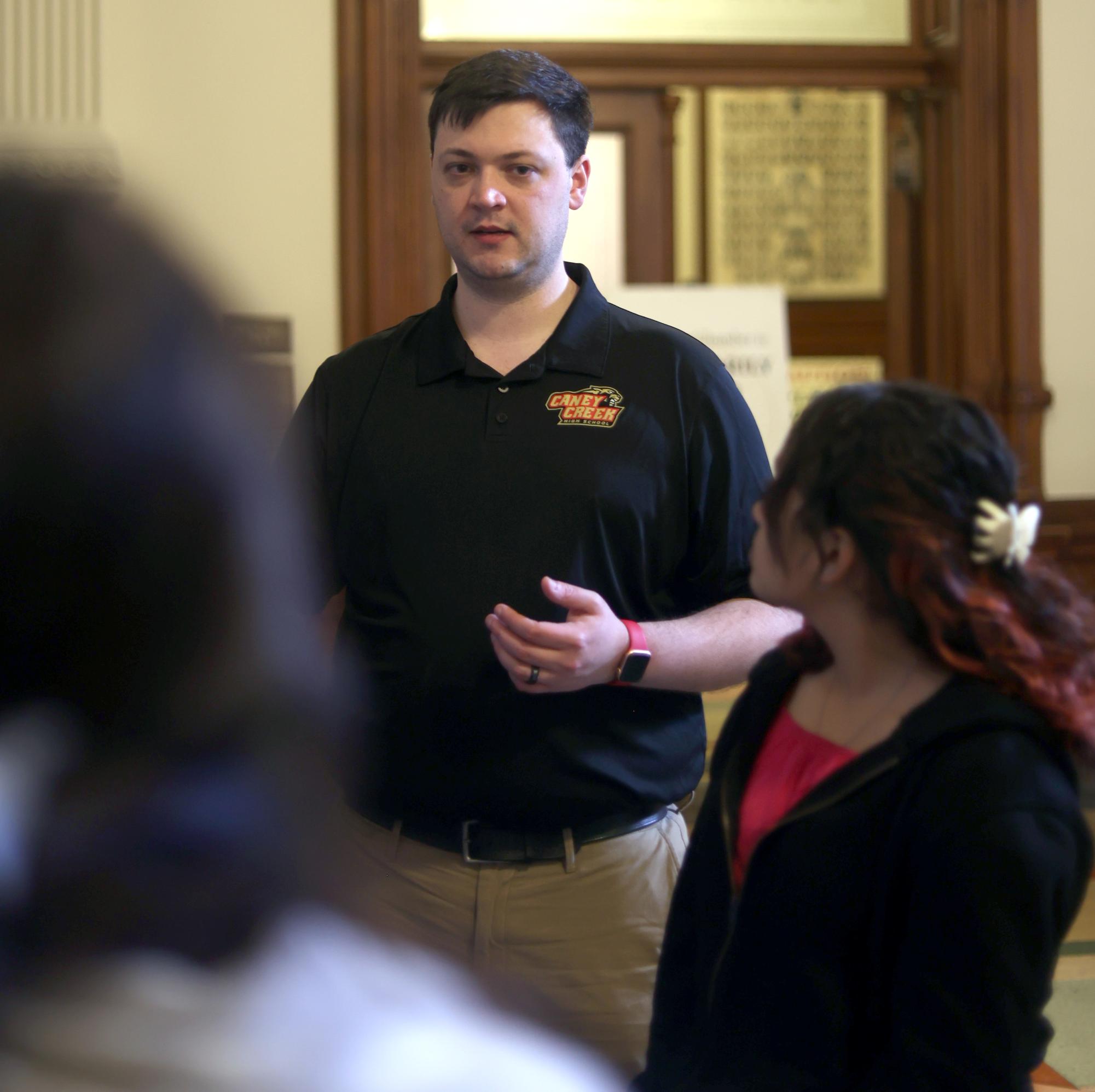
Before teaching, he worked as a reporter and editor for The Courier newspaper for two years and The Huntsville Item before that. As a daily news outlet, his workload regularly consisted of 12-hour days, writing three to four stories a day. To add to the stress, he was “on” even when he wasn’t working because of the demands of a small newspaper staff.
“I just needed a break and the broader industry wasn’t going in the direction that I liked anyway, so I thought maybe it’s time to pivot,” Green said, noting that he always liked the idea of teaching. “I happened to see that Conroe ISD and Caney Creek were hiring for a debate coach, so I applied for that position. By chance, the next year, the journalism teacher was leaving, and so I took that role.”
Green’s teaching method focuses around creating a student-led team, similar to the ones he experienced in the journalism industry. Students, for example, are in charge of their own grades and lead one another with a team of managers using guidelines Green and the editors jointly create.
“If you ask any administrator about my program, they will undoubtedly tell you one thing: The kids run the show,” Green wrote in his application for Conroe ISD teacher of the year. “I firmly believe kids are smarter than many give them credit for; they’re thoughtful, considerate, and wise. Students learn best when they own the work.”
Ever since Green was a child, he has had a fascination with knowledge and finding solutions for problems he saw. Now, he uses that knowledge and experiences to build the skills of young journalists.
“Learning requires struggle,” Green wrote. “Balancing a safe place that allows for students to struggle, fail and succeed simultaneously is delicate. They can’t just fail; they need to get back up and figure out how to succeed. They must feel the struggle.”
Setting a High Bar
Previous students have told him repeatedly that his introductory class is “one of the hardest they’ve taken.” That is intentional. Green makes his class as college-like as possible to give students high standards to reach for rather than lowering the bar.
In 2024, he had three graduates pursue journalism in college as a result of his mentorship including former Executive Editor Natalia Molina, now a journalism major at the University of Texas at Austin.
“Before deciding on journalism, I couldn’t figure out a major to choose because I was scared to follow what I was truly passionate about,” Molina said. “Green served as a guide in encouraging and helping me decide the path I’m currently on. I have him to thank for allowing me to discover my writing style and learn more about the different types of writing within the journalism community.”
Green’s workload is full schedule year-round with both award-winning debate and journalism students.
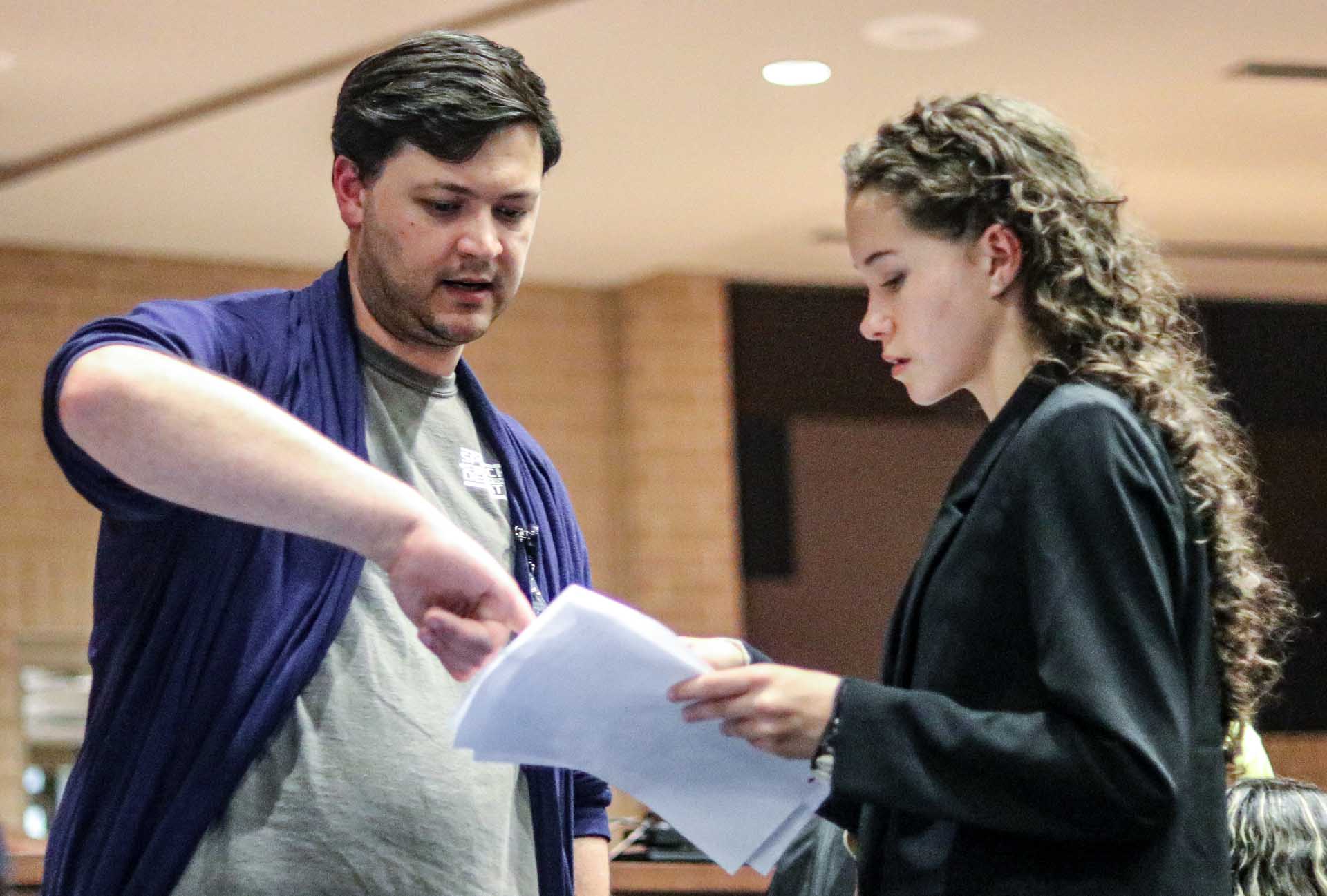
Last year, four Student Media members were named to the UIL ILPC All-State Journalism Staff. The staff finished ranked as the No. 5 overall photography program in the state including No. 3 in sports, No. 2 in photojournalism, and — in conjunction with Leigh Anne Treistman’s commercial photography program — No. 3 in portrait photography. The journalism program ranked No. 3 at the Texas Association of Journalism Educators fall convention.
In debate, students have consistently won district and regional titles, as well as advancing to state and national competitions. In the summer of 2023, he coached Baylee Cammack to No. 4 out of 1,100 competitors in extemporaneous debate at the national tournament in Phoenix — the largest field in the history of the National Speech & Debate Association.
Though, for Green, awards come from passion for what one does.
“The journalism classroom is where students exceed their own expectations,” Green wrote. “I really don’t care if students can Identify rule of thirds, calculate proper exposure, or edit captions on paper, I care if they can do it for real. This program is designed to produce real-world journalism by telling real stories about real issues and celebrating real victories.”
Wearing Many Hats
Multiple teachers rely on Green’s leadership. He is not only the Student Media adviser, but an assistant debate coach, UIL Academic Coordinator, and was on the campus site-based decision-making committee for the last four years.
This year, he is the Media Arts PLC team lead and also serves as the president-elect of TAJE where he will serve on the board for six years helping lead the nation’s largest scholastic journalism state organization. He served as TAJE secretary for the last to years.
“While he’s been in the program we’ve seen the newspaper grow, the yearbook grow, we’ve really just seen a lot of development in the program,” head debate coach Joseph Collatos said. “Before he came over as director, (UIL Academics) was really just something the school did, but he really has put a focus on trying to recruit coaches and really emphasizing to them the importance of recruiting and developing those students. He really has motivated the coaches, and I think we’ve seen it in programs like science, in social studies, in journalism, in debate.”
Green said he wanted his more than 7,000-word set of essays for the application to help others see what he sees in class.
“My ultimate goal was to give whoever reads them a sense of not just what we do, but also to feel what we do,” Green said. “Regardless if I won or lost, I wanted to tell our story as a school and for my programs. I wanted people to hear how great the people at Caney Creek are and how hardworking and caring the students are.”
Green has no plans on leaving in part because of his emotional connection to the journalism industry. His passion is demonstrated through his students and their futures.
“I felt this was an important job to take if I don’t feel that I’m not in the industry,” Green said. “I’m at the ground level you know, I’ve got to inspire and train the next level of people who are going to go in and do journalism and tell stories the right way.”





